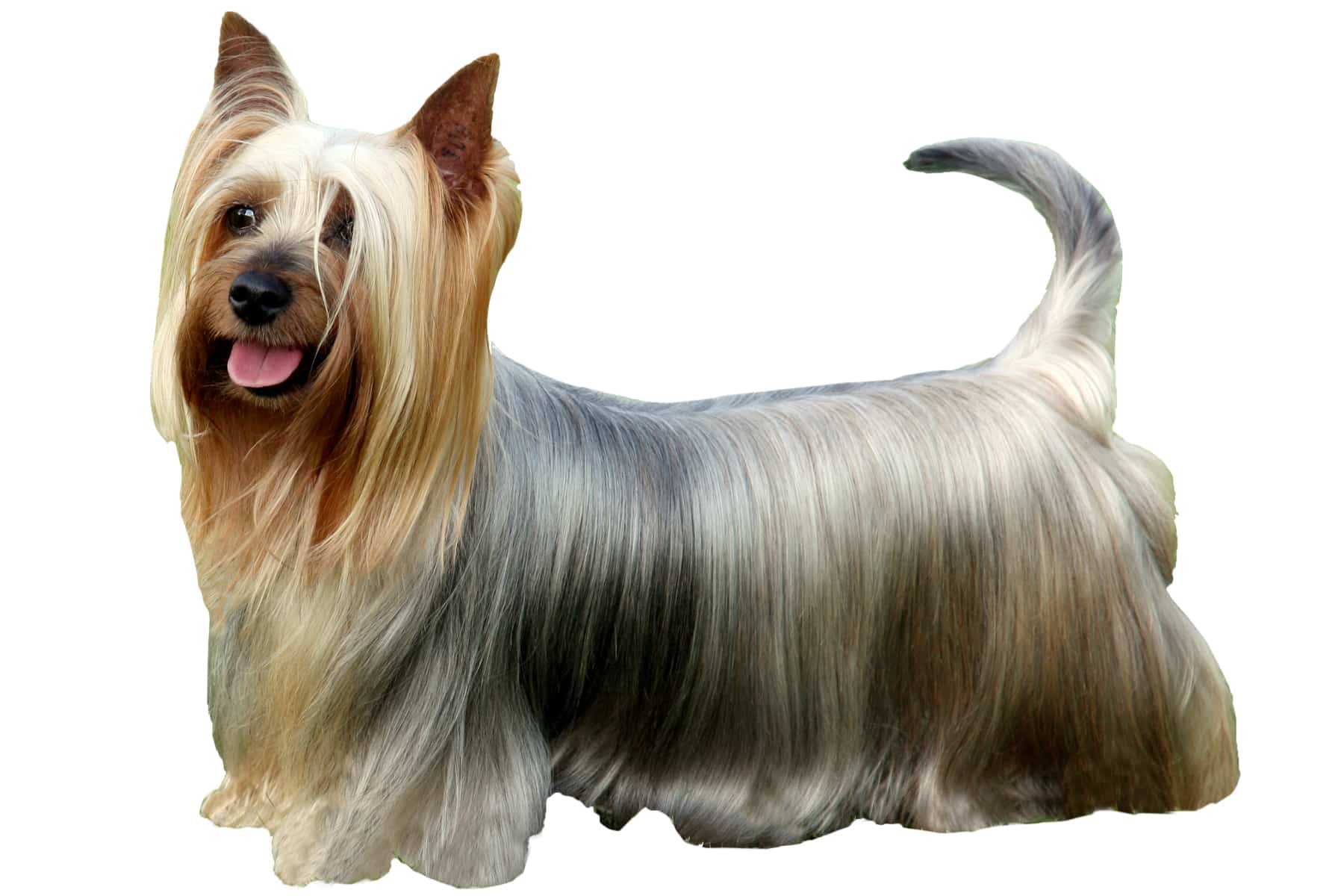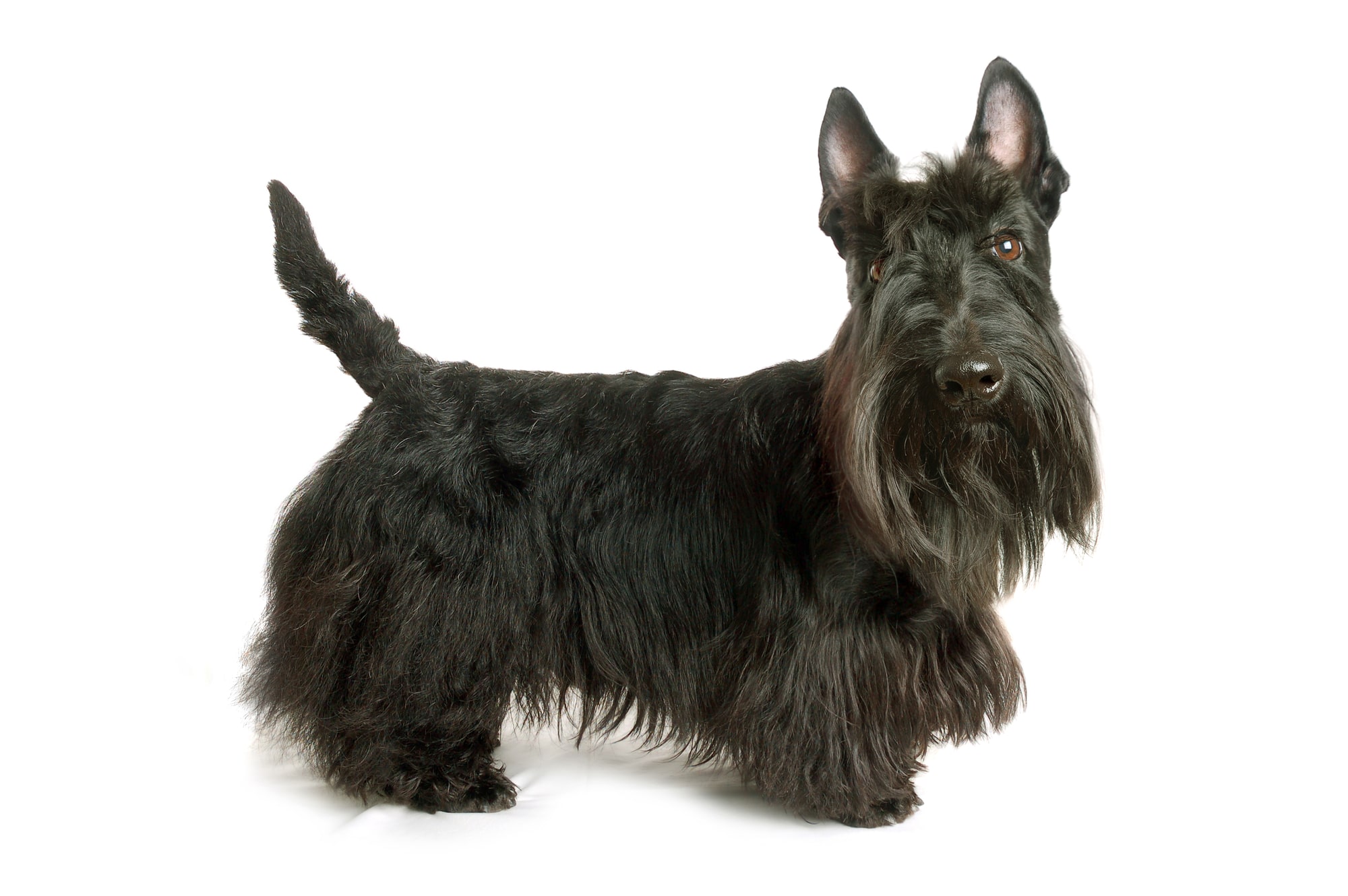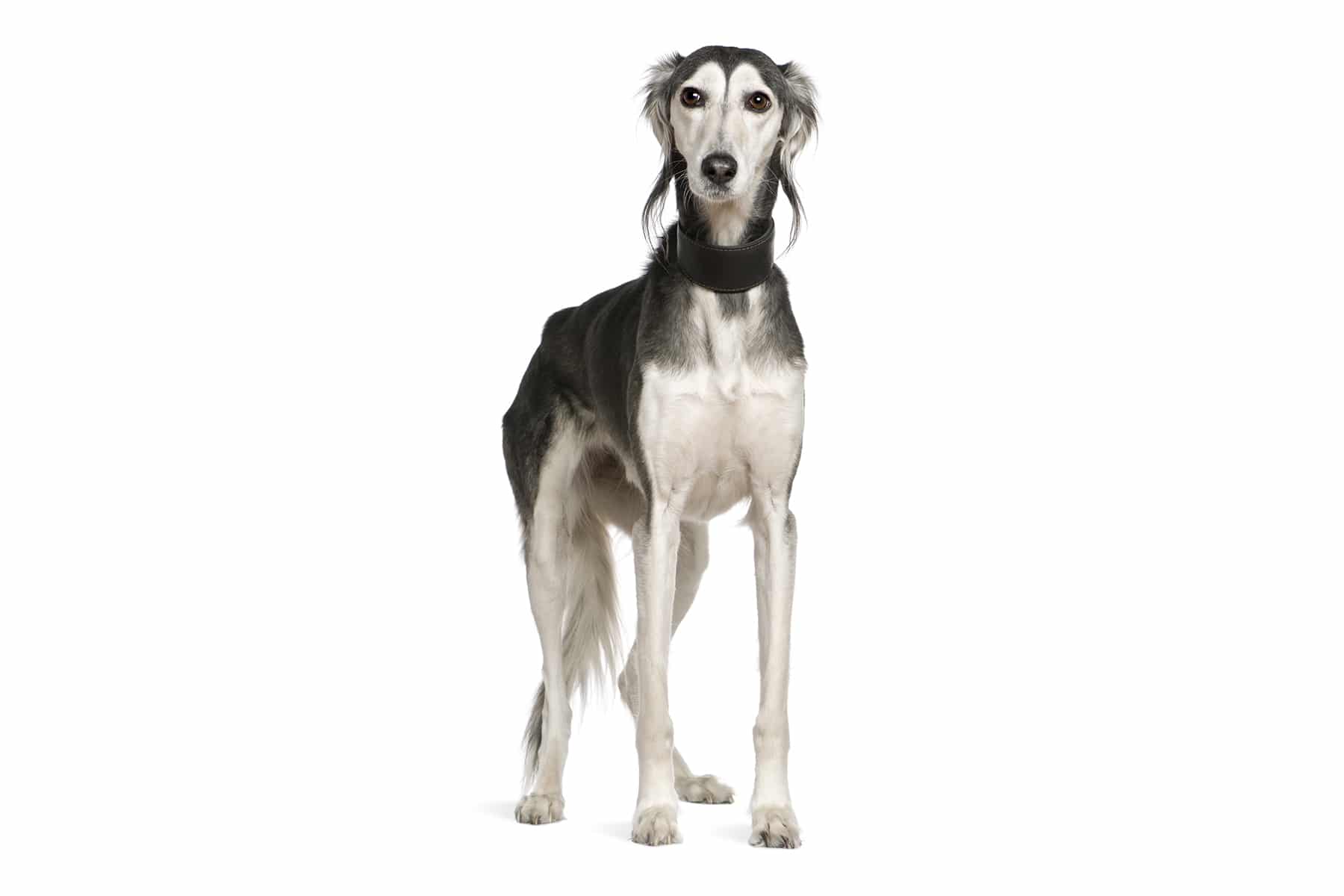Stabyhoun
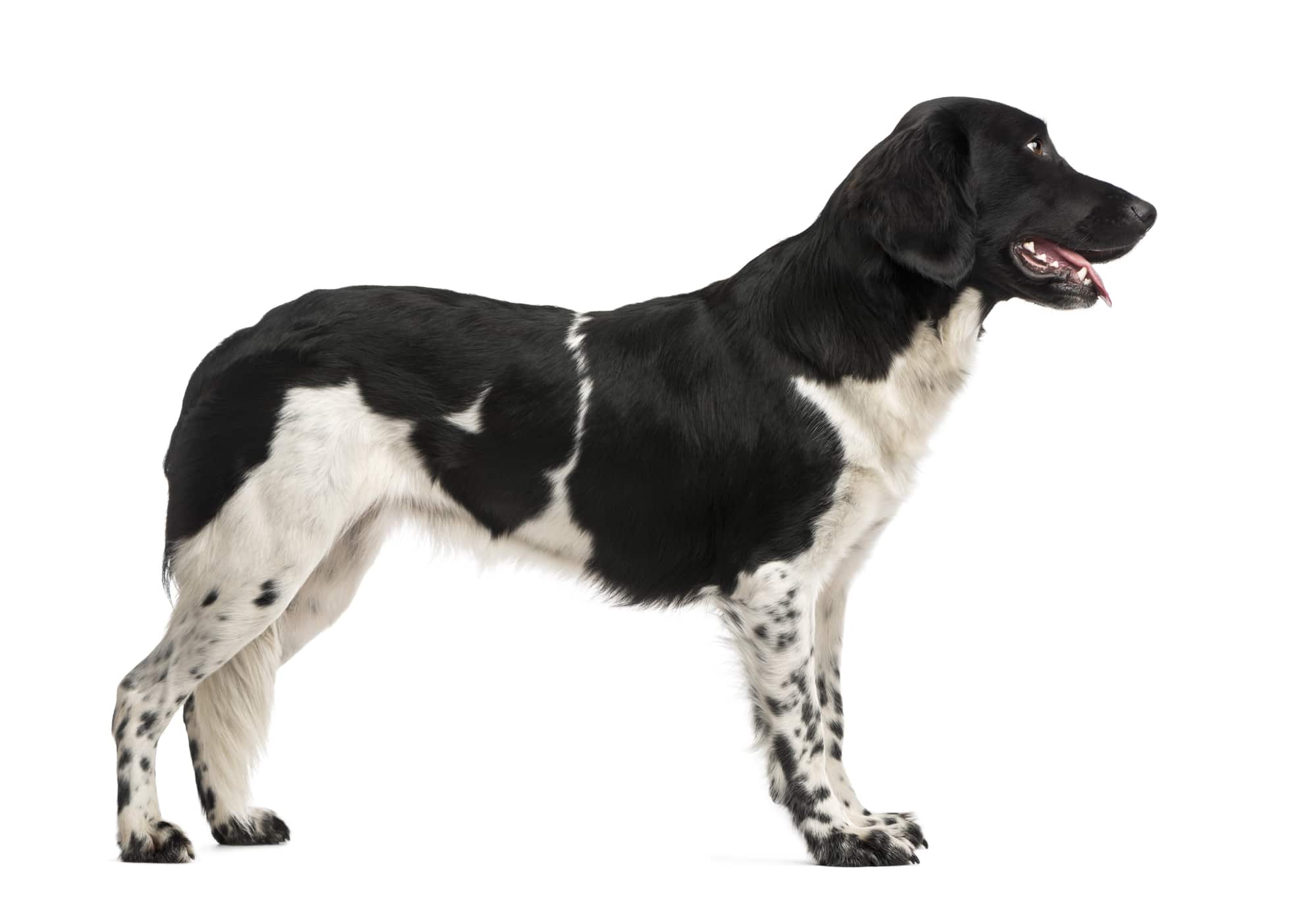
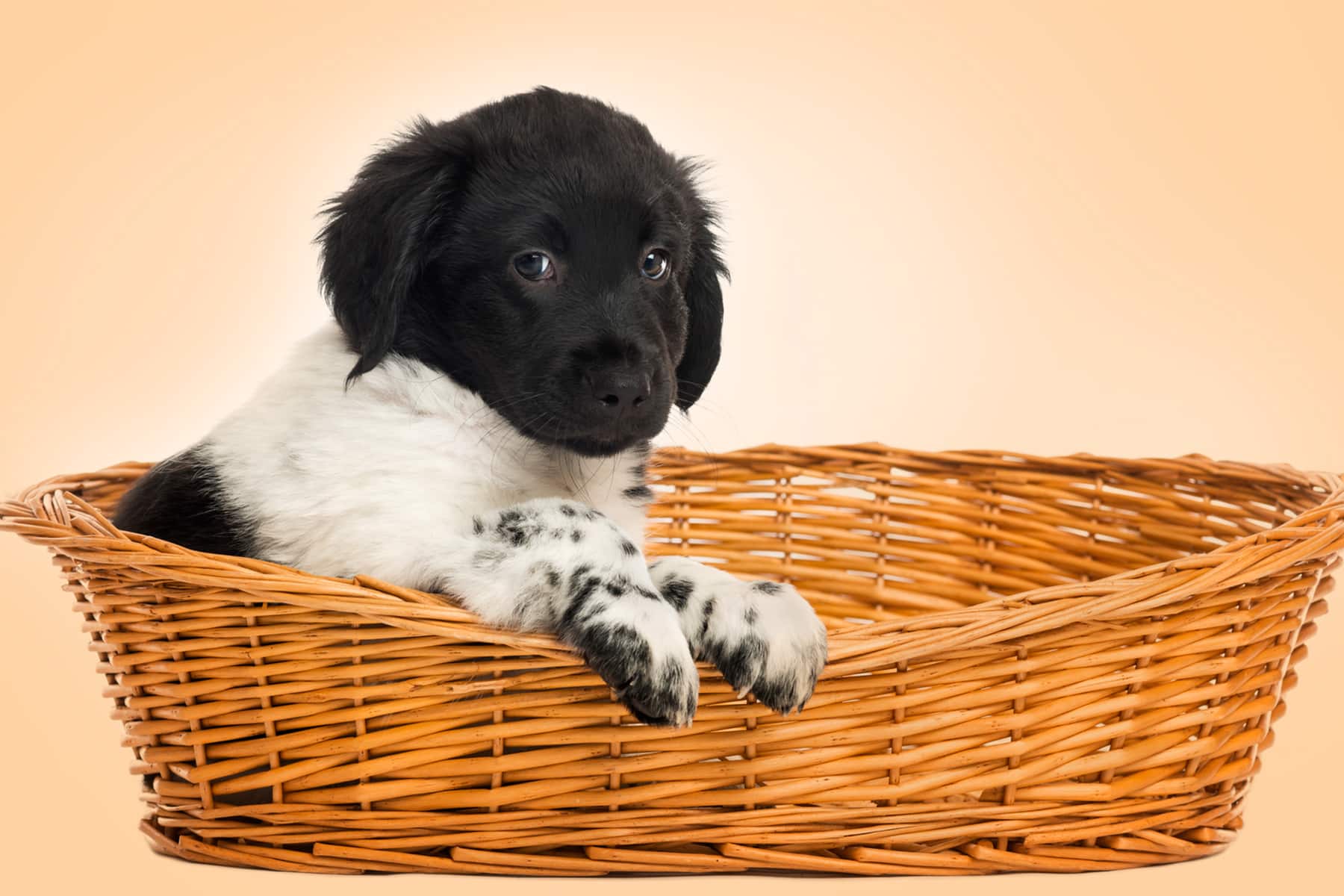
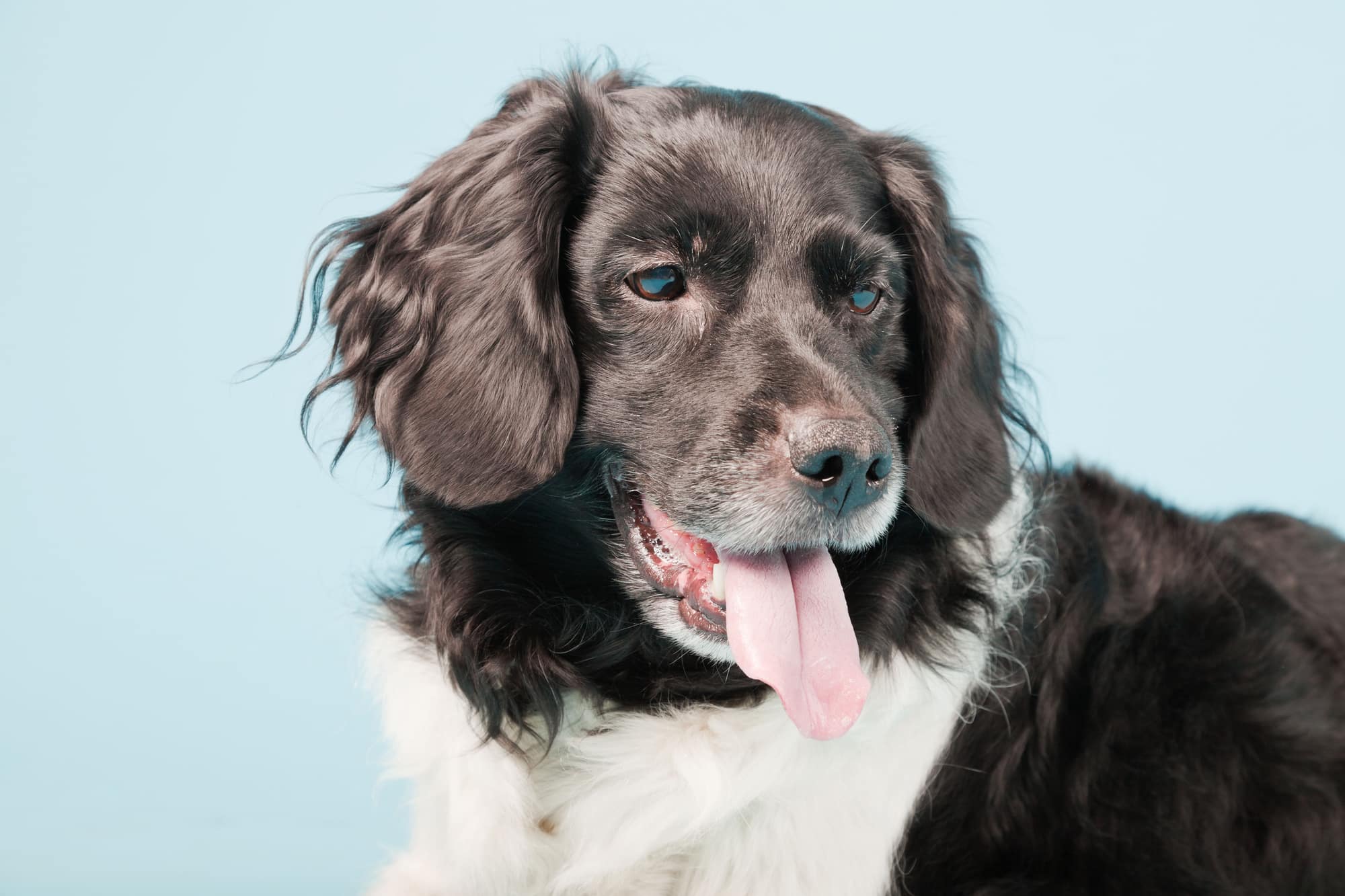
Temperament:
The Stabyhoun - also known as Stabijhoun or Stabij for short - is one of the rarest dog breeds in the world. It is an excellent hunting and farm dog, but can also be kept as a family dog due to its calm temperament.
Characteristics
The Stabyhoun belongs to FCI Group 7, reaching a shoulder height of up to 53 cm and a weight of up to 27 kg. Ideally, it is neither too slim nor too muscular.
Its coat, which is slightly wavy in some places, is soft and silky. The dogs usually have a black and white coat, with the head being black throughout and the tip of the tail white. Brown and white Stabyhouns are even rarer and can almost only be found in the Netherlands.
The facial features differ greatly between males and females. This usually makes it easy to tell them apart.
The Stabyhoun is an independent dog that is preferably kept as a farm dog. According to the breed standard, it should be friendly and affectionate, but without neglecting its function as a guard dog. The Stabyhoun is naturally obedient and very docile. Its abilities can be used for hunting and tracking work as well as for competitive dog sports.
The Stabyhoun is very active and is not afraid of water. Calm training should temper its stubbornness somewhat. Nevertheless, the dog must always be offered sufficient activity and exercise.
Coat care:
Shedding:
Energy level:
Trainability:
Children suitable:
The right food
When choosing food, make sure that it contains high-quality ingredients, is balanced and meets your dog's requirements. Age, size or weight, activity and health status play an important role. You should follow the manufacturer's recommendations for the amount of food.
Treats should only be fed in moderation and deducted from the basic diet to avoid obesity.
Puppies can be fed 4-6 times a day. The number of meals should be gradually reduced to 2 per day until the dog is fully grown. A rest period should be observed after meals.
Fresh drinking water should be available at all times.
Health & Care
The Stabyhoun does not require any special grooming. However, the coat should be brushed regularly as it can become matted, especially behind the ears. During the shedding period, which takes place twice a year, the coat should be brushed thoroughly to shorten the shedding period.
The Stabyhoun's fur is self-cleaning. When the coat is dry, the dirt simply falls off. Soap baths should be avoided as they can disrupt the natural hair structure.
The undercoat grows more frequently, especially in neutered male dogs. If the coat becomes too long, you can easily trim it yourself.
In winter, it can be beneficial for dogs to keep the fur between their paws short. This prevents snow, gravel or pieces of salt from getting stuck.
Suitable accessories
As the Stabyhoun has a strong hunting instinct, it must always be kept sufficiently occupied. As a family dog, long walks and ball games are ideal. He also enjoys agility training.
A universal brush, a comb and a pair of scissors for trimming the coat are sufficient for grooming. The basic equipment also includes a collar or harness with lead, a dog basket or dog mat as a place to retreat, water and food bowl, tick tweezers, claw clippers, toothbrush and toothpaste for dogs, a transport box for transportation in the car and a first aid kit. It's best to ask your vet what should be in the first aid kit.
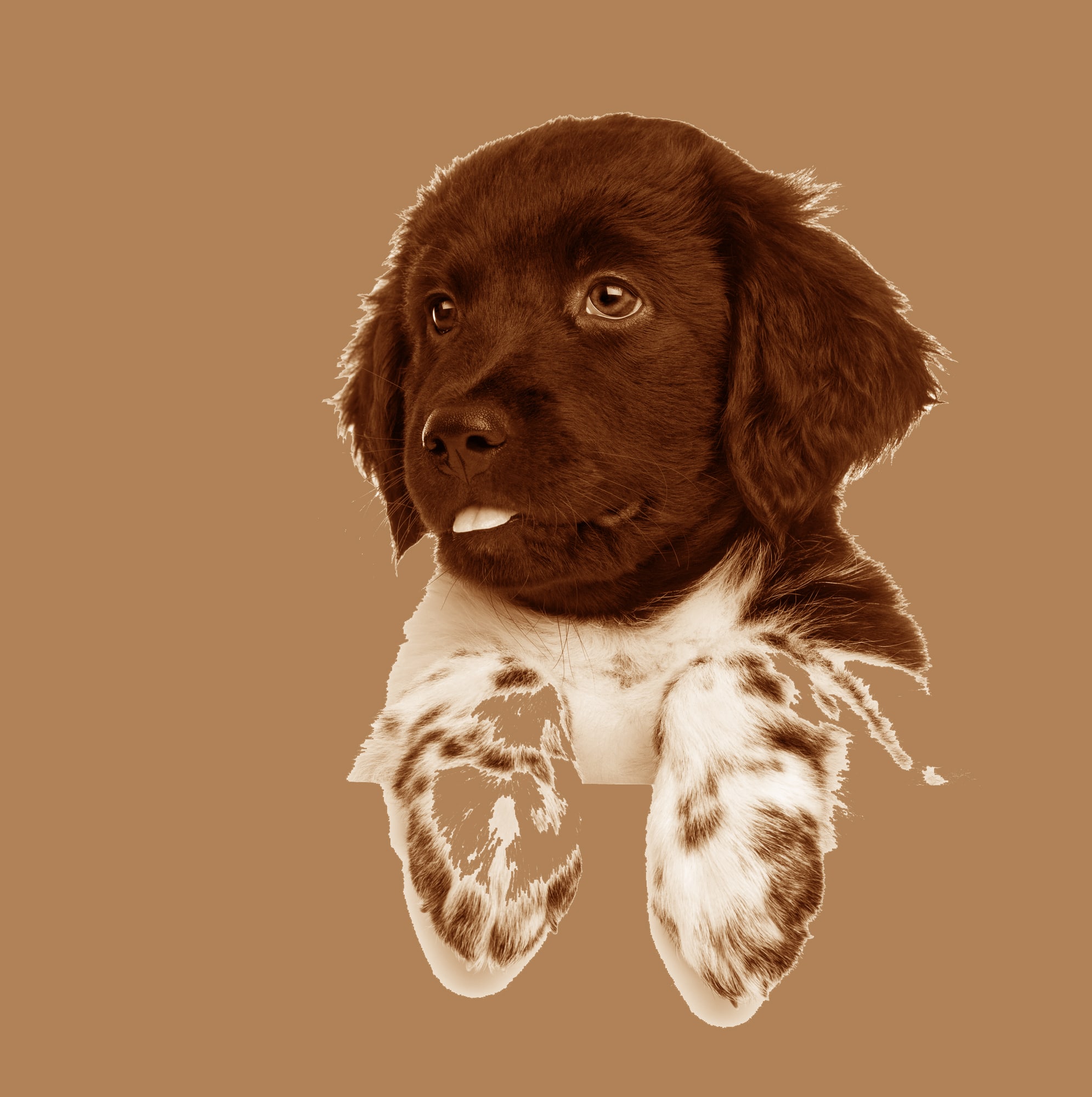
Origin & History
The dog's name probably comes from the abbreviation "sta mij bij" ("stand by me"). Sometimes the name is also found in the following spelling: Stabijhoun. Houn, on the other hand, is Frisian and means dog.
Its origins and the breeds it was originally crossed with are not fully known. It probably developed imperceptibly in the villages. What is certain, however, is that the Stabyhoun originated in Friesland. The first written mentions (by Joost Halbertsma and Nynke fan Hichtum, among others) date back to the 19th century.
At that time, it was mainly used for fox and bird hunting. They were kept almost exclusively by farmers, who could often only afford one dog due to their limited financial means. This dog had to serve as a hunting, farm and family dog.
Around 1940, the Wetterhoun was crossed into the breed to create a larger working dog. It is still a useful rescue dog today. The Stabyhoun was finally recognized by the FCI in 1960.
